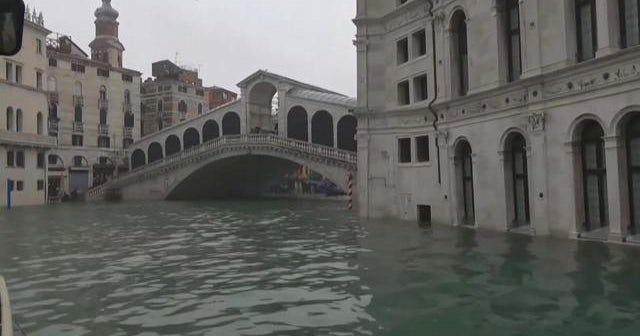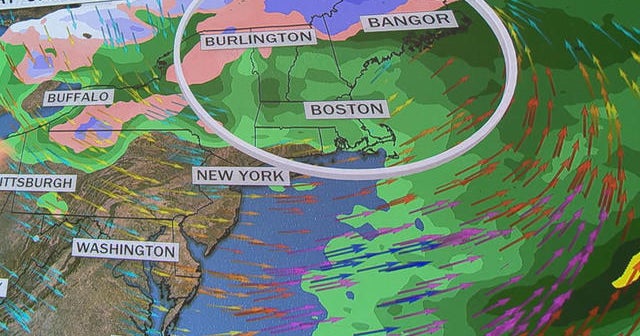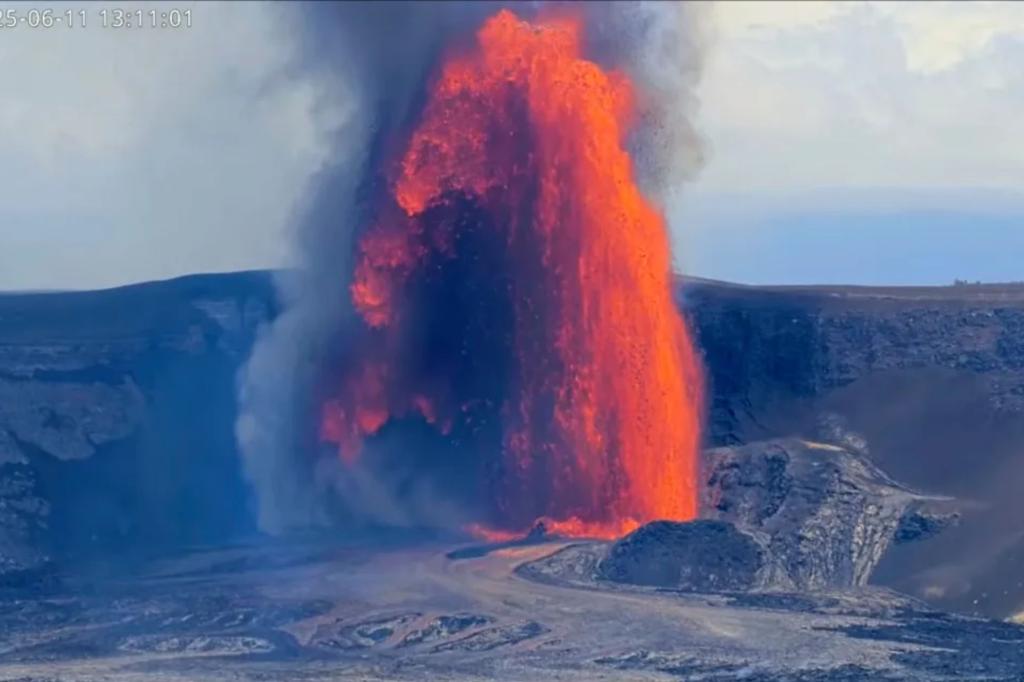Venice Faces Historic Deluge: The City Underwater Again
Venice, the enchanting city of canals and remarkable architecture, finds itself grappling with an unprecedented natural disaster as it faces the second-highest tide ever recorded in its storied history. This catastrophic event has resulted in extensive flooding, threatening not only the city’s iconic landmarks but also the daily lives of its residents and visitors alike.
The Tide That Shook Venice
On the evening of November 4, 2023, the water levels surged to an alarming 1.87 meters (approximately 6.1 feet), just shy of the record high of 1.94 meters set in 1966. The inundation has led to widespread chaos, with historic sites such as St. Mark’s Basilica and the Doge’s Palace partially submerged, raising concerns about the immediate and long-term impacts on Venice’s cultural heritage.
Immediate Impact on Infrastructure
- Flooded Streets: The city’s intricate network of alleys and streets have turned into waterways, complicating transportation and emergency response efforts.
- Public Services Disruption: Essential services, including public transportation, have faced significant disruptions, with water taxis and vaporettos rendered inoperable in many areas.
- Damage to Historical Sites: The rising waters have prompted fears of irreversible damage to Venice’s architectural masterpieces, which are already vulnerable due to climate change.
Understanding the Causes
The flooding in Venice is not merely a singular event; it is a manifestation of a complex interplay of natural and human-induced factors. Rising sea levels, exacerbated by climate change, have increased the frequency and intensity of high tides known as acqua alta. Moreover, the subsidence of the city, caused by natural geological processes and human activities, further amplifies the crisis.
Climate Change and Urban Vulnerability
As global temperatures rise, polar ice melts, contributing to elevated sea levels. Venice, built on a lagoon, is particularly susceptible. The city has sunk by approximately 23 centimeters over the last century, making it one of the most vulnerable urban environments in the world. The recent tide serves as a stark reminder of the urgent need for action regarding climate adaptation and mitigation strategies.
Historical Context and Cultural Significance
Venice’s relationship with water has been both a blessing and a curse throughout its history. While the canals have defined its identity and attracted millions of tourists, the city has long contended with the threat of flooding. The 1966 flood marked a pivotal moment, prompting international attention and action to protect this UNESCO World Heritage site. However, despite various mitigation efforts, such as the MOSE project (a series of barriers designed to protect the lagoon), the recent floods underscore the inadequacies of current defenses.
Tourism and Economic Consequences
- Impact on Local Businesses: Many small businesses reliant on tourism have suffered significant losses due to flooded streets and a decrease in visitor numbers.
- Future of Tourism: As climate-related events become more frequent, Venice faces tough questions regarding its tourism model and sustainability.
Community Resilience and Response
In the face of adversity, the resilience of the Venetian community shines through. Locals have come together to assist one another, with community-led initiatives providing support to those most affected. Volunteers are working tirelessly to clear debris and help businesses reopen. The spirit of solidarity among Venetians highlights the strength of communal ties in the wake of disaster.
Looking Ahead: A Call to Action
As Venice navigates the aftermath of this historic flood, it becomes increasingly clear that immediate and long-term solutions are imperative. Policymakers must prioritize climate resilience measures, invest in sustainable infrastructure, and engage with the community to formulate actionable strategies. The future of Venice hangs in the balance, compelling stakeholders to act decisively to protect this irreplaceable city.
Conclusion
The recent flooding in Venice is not just another chapter in the city’s long history; it is a clarion call for urgent action against the encroaching tide of climate change. As the waters recede, the lessons learned must not be forgotten. Ensuring the survival of Venice requires a collective commitment to safeguarding its cultural heritage and adapting to the realities of a changing environment. Only through proactive measures can we hope to preserve this iconic city for future generations to admire and cherish.
See more Your Daily Weather



